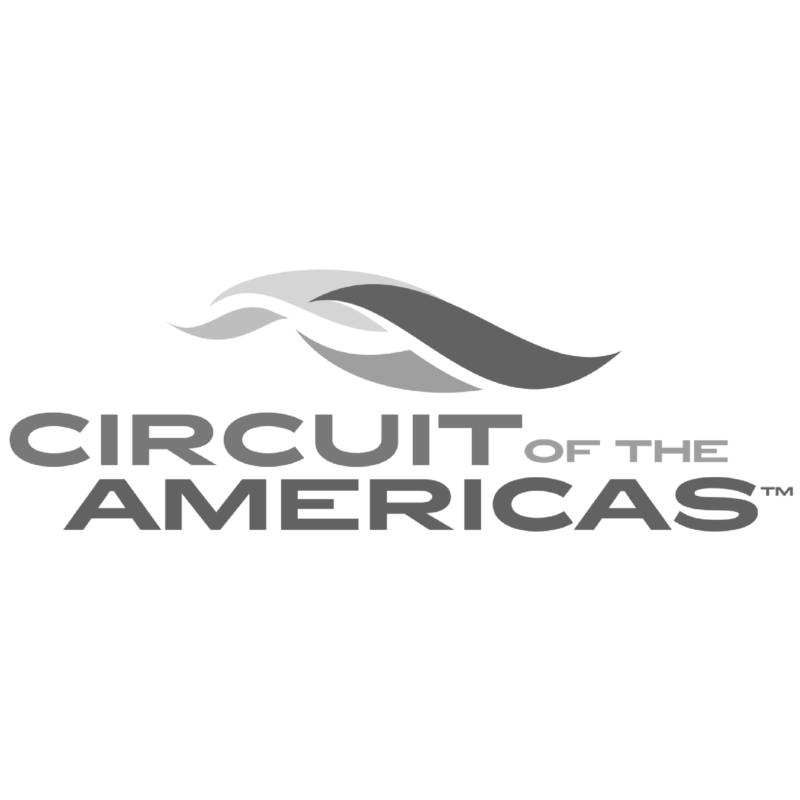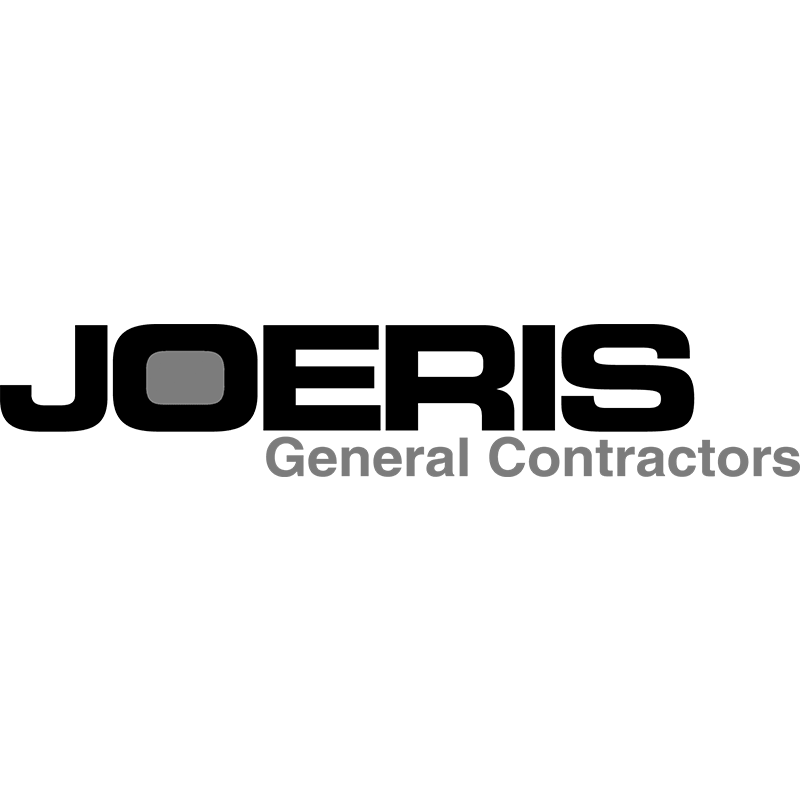What type of Shade Sail is best?
Shade sails are used in all sorts of spaces today. Businesses use them for creating outdoor dining spaces, covered parking areas, walkways, lounge areas, and more. Shade sails also have household applications where that are used over decks, pool areas, backyards, etc. With such variety in their use, shade sails have evolved a lot over the years and are available in a variety of shapes and sizes today. From triangular to rectangular and square to hypar, you have all sorts of options available to choose from.
Wondering which shape would suit your outdoor space? Let’s find out.
A Couple Of Factors That Help Determine the Right Shape
While many different factors may help you decide on the best outdoor sunshade structures for your application, a couple of important factors can help determine what shape you should choose. These include:
1. Size Of The Outdoor Space You Want To Cover
The area you want to cover with your shade sails is one of the key determinants of the right shade sail for your application. Try to get accurate information on the dimensions of the space and then decide on what type of shade sail will offer the best coverage for that space.
2. Location
The nature of the location where you have to use the shade sail is also an important factor in determining the shape that will work best for you. You need to figure out how much of the total area get directly exposed to sun or rain. It will help you determine the amount of protection required and the shape that will help provide that.
With these factors in mind, let’s move on to exploring the different shapes of shade structures available today.
Different Types Of Shade Sails And Their Benefits
As mentioned earlier, there are different types of shade sails available today, each appropriate for a particular application. Your choice of shade sail shape can greatly affect its performance and can be a decisive factor in whether it serves the purpose or not. Here’s a look into different shapes of shade sails you can buy and the applications they would be best for.
1. Triangular Shade Sails
Triangular shade sails are very flexible and make the best choice for installation in narrow or small areas. Furthermore, these shade sails come with a single fixing point, allowing you to get creative with the installation. They are also not as likely to sag as their rectangular or square counterparts. All you have to ensure is to maintain proper tension in it. Besides, triangular shade sails offer unlimited design options as you can layer them up and play with different design options you can imagine.
One drawback is that triangular shade sails tend to be a bit too small when it comes to covering large areas. You’ll need multiple shade structures in this shape to cover large spaces. Still, however, there might be some gaps between the sail shades that will allow rain to seep through or sunrays to penetrate.
2. Rectangular and Square Shade Sails
Both rectangular and square shade sails have similar benefits and the purpose to serve because there is little difference in these shapes. These shade sails are often used in bigger areas and offer wider coverage as compared to their triangular counterparts.
These shade sails can have different sizes, and you can even have them custom-built in your desired size to cover the area you want. Remember, however, when you opt for larger shade structures, they must be secured with strong fixing points to keep them in place. A general rule of thumb is to bury the poles deep so that they may not fall due to the weight of the large shade sails.
3. ‘Hypar’ Shade Sails
Hypar is not exactly the shape of the shade sails but the layout in which the shade sails are installed. Whether you opt for triangular, rectangular, or square shade sails, installing them in the hypar layout means the sails have better tension, and any sagging could be avoided. This type of design also ensures the rainwater doesn’t accumulate in the center of the sail and slides down instead. It also makes your shade sails last longer.
The ‘Hypar’ design works by using high and low alternating attachment points kept in diagonally opposed corners. It makes a hyperbolic paraboloid shape and is commonly referred to as ‘Hypar’. The two high points opposite to one another pull the shade sail upward and out, whereas the two low points pull it downward and out. The opposing forces thus create tension that suspends the center of the fabric and prevents sagging.
To extend the coverage of your triangular shade sails, take a couple of them and layer the triangles across each other to create that statement look that isn’t just aesthetically pleasing but serves the purpose equally well. When your selection complements the space well, the hypar layout will give a cool style to your outdoor space, and that’s why most people go for this layout.
Conclusion
When deciding on the shape of the shade sail, the key consideration is the functionality you want your shade sail to serve. The location where you want to install it should also drive your decision.
The good thing about outdoor sunshade structures is that you can use different combinations of shade sail shapes, sizes, and colors to create whatever look you have imagined. Different designs and layouts described above can be chosen depending on what results you want to achieve. For instance, shade sails can overlap each other, or you can arrange them in rows to create a particular look that complements your outdoor space nicely. There are plenty of options available, and you can choose ones that fit your specific needs and serve the intended purpose in your outdoor space while keeping it esthetically pleasing.
















